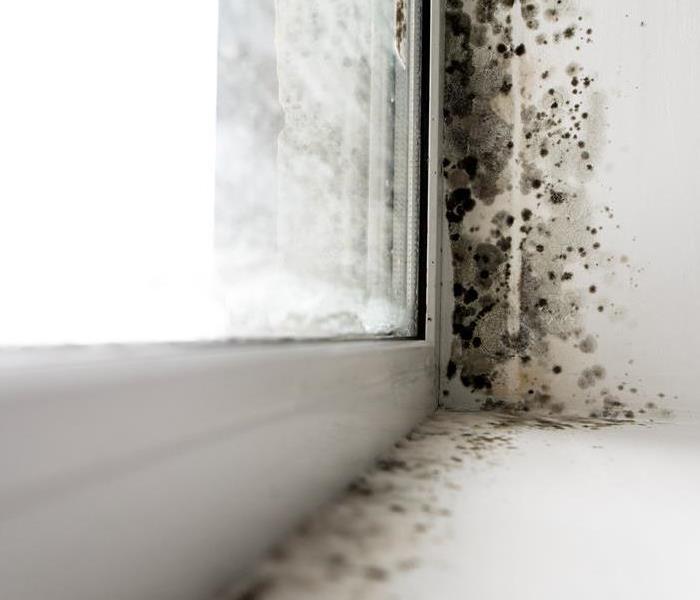The Impact of Mold on Indoor Air Quality
10/24/2023 (Permalink)
Mold growth in indoor environments can have a significant impact on the quality of the air we breathe. While it is widely known that mold can pose health risks, it is also important to consider its effects on indoor air quality. In this blog, we will explore the impact of mold on indoor air quality without discussing health risks or concerns.
Airborne Spores and Respiratory Irritation
Mold releases microscopic spores into the air, which can become airborne and have the potential to irritate the respiratory system. These spores can be inhaled, leading to symptoms such as coughing, sneezing, and nasal congestion. It is crucial to take proactive measures to prevent and eliminate mold growth to avoid the release of these airborne spores and maintain good indoor air quality.
Musty Odor and Unpleasant Environment
Mold growth often produces a distinct musty odor that can permeate the indoor environment. This odor can be unpleasant and make the space less welcoming. Additionally, the presence of mold can create a sense of discomfort and unease among occupants, impacting their overall experience in the affected area. Addressing mold growth is essential not only for maintaining fresh and pleasant indoor air but also for creating a more inviting and enjoyable living or working space.
Aesthetics and Structural Integrity
Mold growth on surfaces can be visually unappealing, affecting the aesthetics of a space. Stains, discoloration, and black specks on walls, ceilings, or floors can be signs of mold infestation. Beyond the cosmetic aspect, mold can also damage building materials and compromise the structural integrity of the space. Regular inspection and prompt removal of mold growth will help preserve the overall appearance and durability of surfaces, contributing to a healthier and more aesthetically pleasing indoor environment.
Long-Term Effects
Unaddressed mold growth can lead to long-term effects on indoor air quality. As mold colonies continue to grow and spread, the concentration of spores and mold-related particulates in the air increases. This can lead to a persistent decline in indoor air quality, affecting the comfort and well-being of occupants over time. Regularly monitoring for signs of mold growth and taking immediate action to address it will help mitigate any potential long-term effects on indoor air quality.
Maintenance Costs and Property Value
The presence of mold can have financial implications as well. If left unchecked, mold growth can cause significant damage to the property, leading to higher repair and maintenance costs. Mold remediation and restoration can be a costly endeavor, especially if the infestation has spread extensively. Moreover, mold-related issues can affect the resale value of the property, as potential buyers may be deterred by the perception of poor indoor air quality. By proactively addressing mold growth and maintaining good indoor air quality, homeowners can protect the value of their property and avoid costly repairs down the line. By understanding the impact of mold on indoor air quality and implementing preventive measures, such as moisture control and regular cleaning, we can create a clean and fresh indoor environment. Maintaining good indoor air quality is essential for our overall comfort and well-being.


 24/7 Emergency Service
24/7 Emergency Service
